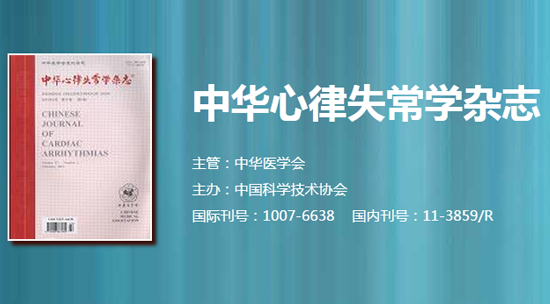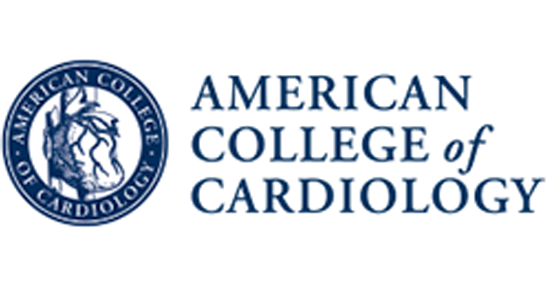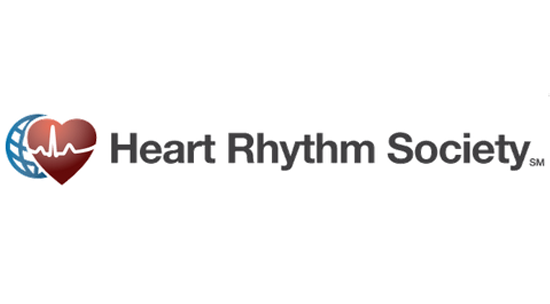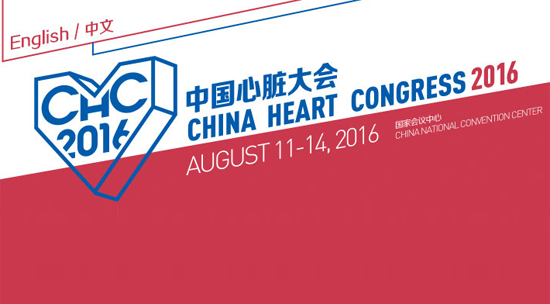HeartRhythm主编—陈鹏生教授语音速递(九月刊 英文版)
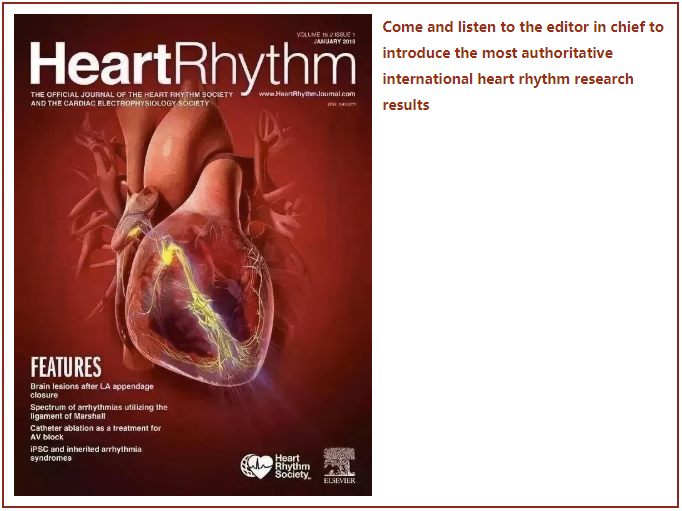

Peng-Sheng Chen
Hello, this is Dr. Peng-Sheng Chen, the Editor-in-Chief of Heart Rhythm. Thank you for listening to this podcast.
The September issue is a focus issue on atrial fibrillation. The first article of the Sept 2023 issue is titled “Novel functional atrial fibrillation risk genes and pathways identified from coexpression analyses in human left atria”. Genomewide association studies have associated >100 genetic loci with atrial fibrillation (AF), but establishing causal genes contributing to AF remains challenging. The authors used candidate gene coexpression analyses of AF risk variants in human left atrial tissues. One hundred sixty-six AF-risk single nucleotide polymorphisms were located in 135 loci. Eighty-one novel genes not previously annotated as putative AF risk genes were identified. Mitochondrial dysfunction, oxidative stress, epithelial adherens junction signaling, and sirtuin signaling as the most frequent significant pathways. The authors conclude that candidate gene coexpression analyses suggest significant roles for cellular stress and remodeling in AF, supporting a dual risk model for AF. Genetic susceptibility to AF may not manifest until later in life when cellular stressors overwhelm adaptive responses. These analyses also provide a novel resource to guide functional studies on potential causal AF genes.
The next article is “Long-term risk of cardiovascular implantable electronic device re-interventions following external cardioversion of atrial fibrillation and flutter – a nationwide cohort study.” The authors compared 2582 external cardioversion-exposed patients with 12,910 matched patients with a CIED. During follow-up, 1-year relative risks were 1.73 for generator replacement and 2.85 for lead reintervention, and 2-year relative risks were 1.39 and 2.18, respectively. The authors conclude that external cardioversion in patients with a CIED is associated with a higher risk of generator replacement and lead reintervention. The risks of reinterventions were more pronounced within the first year after cardioversion.
Coming up is “Influence of monitoring and atrial arrhythmia burden on quality of life and health care utilization in patients undergoing pulsed field ablation: A secondary analysis of the PULSED AF Trial.” This study aimed to determine the influence of monitoring strategies on atrial arrhythmia detection and atrial arrhythmia burden association with quality of life and health care utilization after PFA. The authors found that PFA resulted in zero burden in 69.4% of paroxysmal AF and 62.2% of persistent AF patients. Only paroxysmal AF patients with <10% atrial arrhythmia burden averaged a clinically meaningful QoL improvement. Persistent AF patients experienced clinically meaningful QoL improvements irrespective of burden. The authors conclude that PFA resulted in a low atrial arrhythmia burden for most patients, which was associated with clinically relevant improvement in QoL and reduced atrial arrhythmia -related health care utilization.
Next up is “Atrial Fibrillation in Adult Congenital Heart Disease and the General Population.” The authors performed a retrospective study in the nationwide cohort 2000-2014 with AF onset during 2003-2014 and found 2350 patients had AF. Compared with individuals without ACHD, ACHD patients aged <50 years and those aged both 50-54 and 55-59 years exhibited a 20-fold and 10-fold higher incidence of AF, respectively. The authors conclude that, compared with individuals without ACHD, AF in patients with ACHD likely appeared 30 years earlier, with a 10- to 20-fold higher incidence plateauing around age 70. Yet, the incidence in individuals without ACHD continued to increase.
The next article is “Mild elevation of extracellular potassium greatly potentiates the effect of sodium channel block to cardiovert atrial fibrillation: The Lankenau approach”. The authors evaluated the ability of flecainide to suppress acetylcholine-mediated AF using coronary perfused canine left atrium. The extracellular potassium ranged from 3 to 8 mM during the study. The authors found that flecainide alone cardioverted 50% of atria at 4 mM and 100% at 5 to 8 mM extracellular potassium. The elevation of extracellular potassium also abbreviated the time to conversion. These findings suggest that a combination of INa block accompanied by mild elevation of serum potassium may be a novel approach to more effectively, rapidly, and safely cardiovert AF and prevent its recurrence in the short term.
The above research articles are followed by a contemporary review titled “Breathless Nights and Heart Flutters: Understanding the Relationship Between Obstructive Sleep Apnea and Atrial Fibrillation.” The authors reviewed the clinical epidemiology and pathophysiology of AF and OSA, focusing on key clinical studies and major outstanding questions that should be addressed in future studies.
We also have two Research Letters in the focus issue. The first one is “Outcomes of Percutaneous Left Atrial Appendage Occlusion Device Implantation in Patients with Rheumatic Atrial Fibrillation.” The study cohort included 54,900 weighted percutaneous LAAO implantation procedures, of which 2,745 (5.0%) had rheumatic heart disease. They found that Patients with rheumatic heart disease may derive similar clinical benefits at the cost of an increase in the odds of periprocedural complications compared to those without rheumatic heart disease.
A second letter is titled “Pulsed-field ablation versus single catheter high-power short-duration radiofrequency ablation for atrial fibrillation: procedural characteristics, myocardial injury, and midterm outcomes.” The authors prospectively enrolled 115 patients undergoing their first PVI. They found that PFA compared to single catheter high-power short-duration RF ablation, showed shorter procedure times but longer fluoroscopy times, higher high-sensitive cardiac troponin T levels, and similar AF-free survival during midterm follow-up.
The journal also published the following articles that are not focused on AF. The first one is “Clinical Impact of Aging on Outcomes of Cardioneuroablation for Reflex Syncope or Functional Bradycardia. Results from the ELEGANCE multicenter study”. The ELEGANCE multicenter study assessed cardioneuroablation in patients with reflex syncope or severe functional bradyarrhythmia. Sixty patients underwent cardioneuroablation. Acute Cardioneuroablation success was 93%, without differences between age groups. At 8-month follow-up, 53 patients (88%) were symptoms-free. The authors conclude that cardioneuroablation is a viable treatment for reflex syncope and functional bradyarrhythmia in all ages and is highly effective in mixed vasovagal syncope. Head-up tilt is a key step in postablation clinical assessment.
The next article is “Significance of effective cardiac resynchronization therapy pacing for clinical responses: an analysis based on effective cardiac resynchronization therapy algorithm.” The authors aimed to clarify the association between %effective-CRT and clinical outcomes in 136 consecutive patients. Among them, 49 using the adaptive and effective CRT algorithm with percent ventricular pacing > 90% were evaluated. The authors divided the patients into the effective group (n = 25) and the less effective group (n = 24) by the median value of %effective-CRT (97.4%). They found that a high %effective-CRT is associated with high CRT responder prevalence and low HF hospitalization risk.
Up next is “Factors affecting electrogram sensing in insertable cardiac monitor: Insights from surface electrocardiogram mapping analysis.” Twelve separate precordial single-lead surface ECGs were acquired from 150 participants at 2 interelectrode distances (75 and 45 mm), at 3 vector angles (vertical, oblique, and horizontal), and in 2 postures (upright and supine). A total of 1800 tracings from 150 participants were assessed. The median P- and R-wave amplitudes were 45% and 53% larger with 75 and 45 mm vector lengths, respectively. The oblique orientation yielded the best P- and R-wave amplitudes, while posture change did not affect P-wave amplitude. The authors conclude that longer vector length and oblique implant angle yielded the best electrogram sensing and are relevant considerations for insertable cardiac monitor implantation procedures.
The next one is “Optimizing diastolic filling by pacing in non-obstructive hypertrophic cardiomyopathy.” This study aimed to determine the effect of sequential AV pacing on the diastolic function and functional capacity of patients with non-obstructive HCM from different RV sites with varying AV delays. There was an improvement in diastolic function in 18 of 21 patients when pacing from the RV apex than from the RV mid-septum and RV outflow tract. Among responders, optimal diastolic filling occurred at sensed AV delay of 130-160 ms with RV apical pacing. The authors conclude that pacing at an optimized AV delay from the RV apex improves diastolic function and functional capacity in a subset of patients with non-obstructive HCM.
Up next is “Machine learning-powered, device-embedded heart sound measurement can optimize AV delay in patients with CRT.” This study aimed to develop an estimation model of cardiac function that uses a piezoelectric microphone embedded in a pulse generator to guide CRT optimization. In the data set of ∼30,000 heartbeats, machine learning indicated S1 amplitude, S2 amplitude, and S1 integral as most prominent features for AV delay optimization. ML resulted in single-beat estimation precision for absolute values of LVPmax and LVdP/dtmax of 67% and 64%, respectively. The authors conclude that heart sound sensors embedded in a CRT device, powered by a machine learning algorithm, provide a reliable assessment of optimal AV delays and absolute LVPmax and LVdP/dtmax.
The above original research articles are followed by a contemporary review titled “Stereotactic arrhythmia radioablation: a novel therapy for cardiac arrhythmia.” In this article, the authors reviewed the application of stereotactic body radiotherapy in cardiac arrhythmia, analyzed its potential problems, and explored methods for improvement.
There is a research letter titled “Novel Automated ‘Score-Mapping’ Of Diaphragmatic Compound Motor Action Potential For Early Detection Of Phrenic Nerve Injury During Cryoablation”. Score-map of the compound motor action potential using template matching with a 3D electroanatomic mapping system can be used to automate the monitoring of compound motor action potential. This study demonstrates that <90% score-map threshold correlates with a 30% drop in diaphragmatic compound motor action potential amplitude and can be safely and reliably used to detect phrenic nerve injury during cryoablation of pulmonary veins.
The journal also published the 2023 HRS/APHRS/LAHRS guideline on cardiac physiologic pacing for the avoidance and mitigation of heart failure and the 2023 HRS/EHRA/APHRS/LAHRS Expert Consensus Statement on Practical Management of the Remote Device Clinic.
I hope you enjoyed this podcast. For Heart Rhythm, I’m the Editor-In-Chief, Dr. Peng-Sheng Chen.
